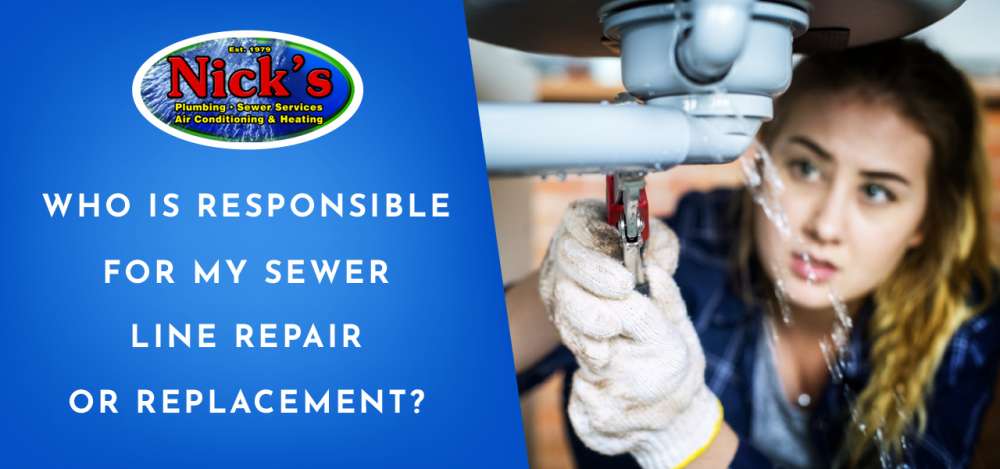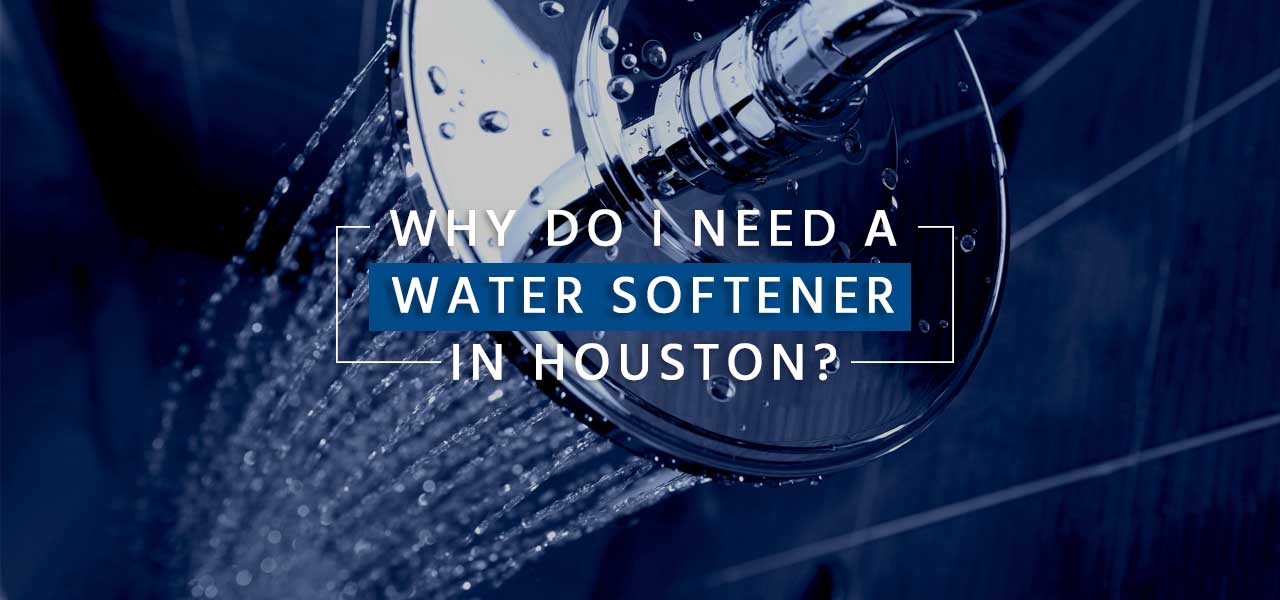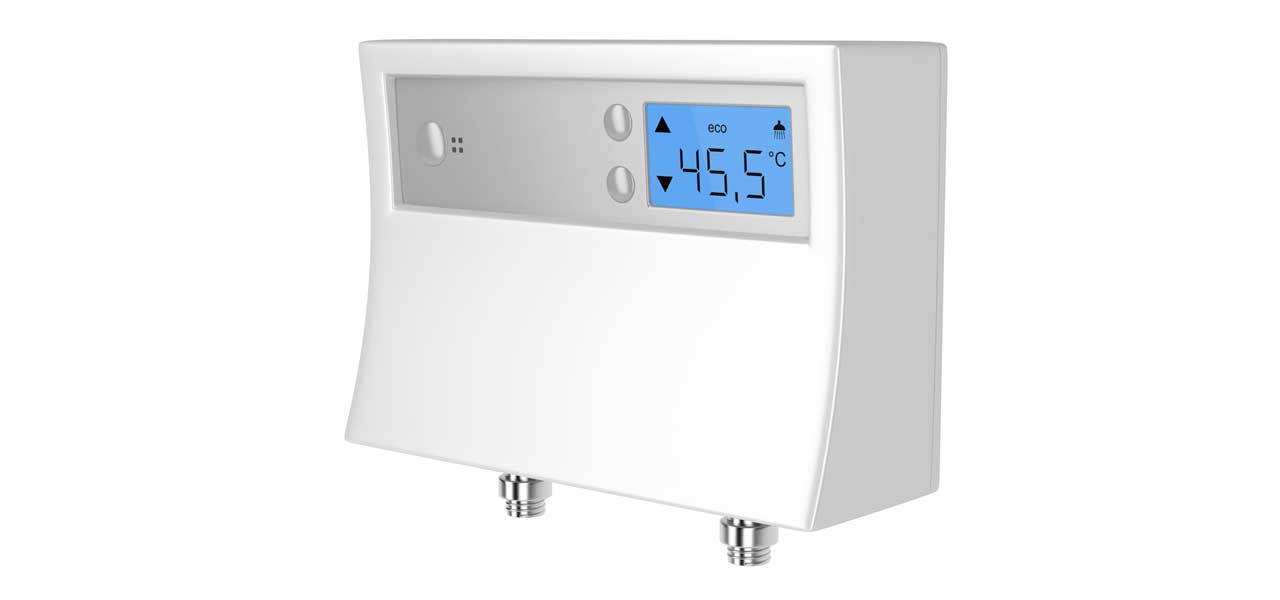When the typical homeowner thinks about who’s responsible for repairing and replacing their sewer lines, it is often assumed that said responsibility falls on your city or municipality. Unfortunately, this is not the case in the greater Houston area (or in most areas, for that matter). The city’s responsibility for your sewer line ends where your home’s sewer line connects to the city sewer system. And even that is a grey area.
For the purposes of sewer line repair, it is safe to assume that the entirety of the sewer line from the city connection to your home’s main drainage outlet is the homeowner’s responsibility.
Take it Straight From the Horse’s Mouth
**In a snippet from the Houston Public Works website, “Problems with wastewater pipes, which are typically closer to the home, are the homeowner’s responsibility. Problems with public pipes or those on a public right-of-way are the responsibility of Houston Public Works.”
In the city of Houston, Texas, homeowners are typically responsible for the repair and maintenance of their sewer lines. This responsibility extends from where their private sewer line connects to the city’s central sewer system, usually near the property line, to their residence. The city is typically only responsible for maintaining and repairing the public sewer lines and infrastructure up to the connection point.
What Are the Signs I Need Sewer Line Repair or Replacement?
Recognizing the signs that you may need a sewer line replacement is crucial for maintaining the health of your home’s plumbing system.
One of the most telling signs is frequent backups or blockages within your home’s drainage system. If you’re experiencing repeated clogs or sewage backups in your toilets, showers, or sinks, it could indicate a severe problem with your sewer line, possibly due to cracks, blockages, or the collapse of the pipe. Another significant indicator is the presence of foul odors emanating from your drains or yard, suggesting that sewage is not adequately transported from your home to the municipal sewer system or your septic tank.
Moreover, unusual landscape changes can also hint at a damaged sewer line. If you notice unexplained patches of lush, green grass in your yard, it may be due to a sewage leak fertilizing the area. Similarly, persistent wet spots or pooling water in your lawn when there hasn’t been recent rain, could point to a sewer line break beneath the surface. Additionally, an increase in pests such as rodents or insects around your property can be attracted to the sewage leak. Paying attention to these signs and seeking prompt, professional assessment can prevent more significant, costly damage to your sewer system and property.
How Do I Know If I Need Sewer Line Repair or Replacement?
Our plumbing has some rather creative ways of communicating their problems. Slow drains in sinks or showers, rattling pipes, gurgling noises, and complete backups are some ways our sewer and drain pipes speak to us. No one needs to be a house whisperer to understand that these messages are inside your kitchen and bathroom plumbing and your pipes need help!
Sewer lines fail for several reasons, but the most common causes are corrosion related to age and tree root growth. As the lead or galvanized steel sewer pipe ages, it becomes weaker because of its use over the decades. Fittings and threads begin to rust, corrode, and start to flake away, and buildup from years of pouring grease down the garbage disposal will cause chronic blockages in the line. Tree roots that have grown around the pipe and squeezed the pipe until it breaks, allowing the roots to penetrate your sewer pipes, creating leaks and complete sewer line stoppages.
Once a sewer line has been broken, it contaminates your yard and requires immediate attention. Sewer line replacement usually results in what we refer to as “open yard surgery,” where the plumbing company must dig a trench along the entire length of your sewer line, remove the offending pipe, and then backfill the hole.
How Can I Prevent the Need for Sewer Line Replacement?
Proactive measures and regular maintenance are vital to preventing the need for significant sewer line repairs. Firstly, homeowners should be mindful of what goes down their drains. Avoid flushing anything other than toilet paper down toilets, as items like wipes (even those labeled “flushable”), feminine hygiene products, and paper towels can cause blockages. Keep fats, oils, and grease out of drains in the kitchen, as they can solidify in pipes and create clogs. Installing drain filters can also help by catching hair and other debris that might otherwise enter the sewer line.
Regular plumbing inspections and sewer line cleaning can also identify and address potential issues before they escalate into major problems. Consider having a professional plumber perform a video inspection of the sewer line every few years to check for root intrusion, pipe corrosion, or other damage. If roots are a recurring problem, regular maintenance may include rooter services or environmentally safe root-killing agents. By taking these preventative steps, homeowners can significantly reduce the risk of severe sewer line issues, saving time, money, and the inconvenience of significant repairs.
Why Choose Nick’s Plumbing For My Sewer Line Repair or Replacement?
Choosing Nick’s Plumbing for your sewer line repair or replacement offers unparalleled peace of mind and professionalism. With years of dedicated service under our belts, we’ve established ourselves as leaders in the plumbing industry, particularly in handling complex sewer line issues. Our team of licensed and experienced plumbers employs the latest technology and methods, such as trenchless sewer repair, to ensure minimal disruption to your property. We understand the urgency and inconvenience sewer line problems can pose, so we prioritize efficient, effective solutions tailored to your situation. Our commitment to customer satisfaction is evident in our thorough approach to diagnostics and repair, ensuring that we address the root cause of the issue rather than just the symptoms.
Moreover, at Nick’s Plumbing, we believe in transparency and trust. From the initial inspection to the final handshake, we keep you informed every step, providing detailed explanations of the work needed and clear, upfront pricing. Our dedication to excellence extends beyond the job site, with customer service representatives ready to assist and ensure your experience meets our high standards.
By choosing Nick’s Plumbing for your sewer line repair or replacement, you’re not just getting a service provider; you’re getting a partner committed to restoring your home’s safety, functionality, and comfort.


























